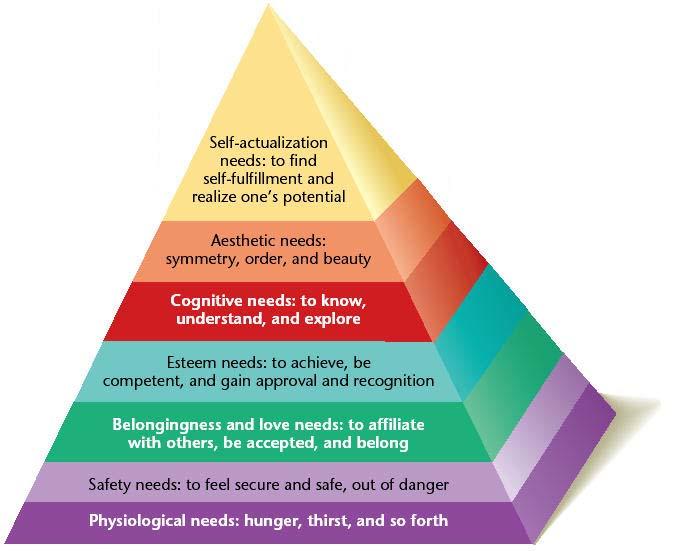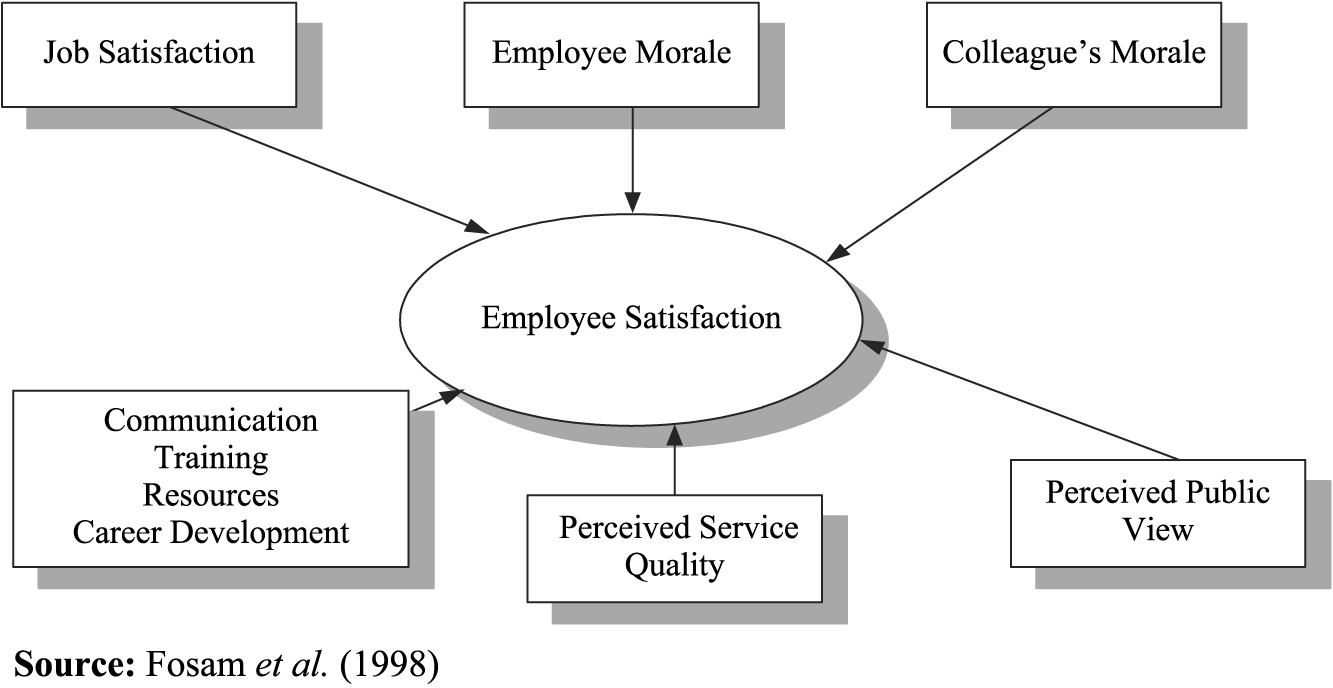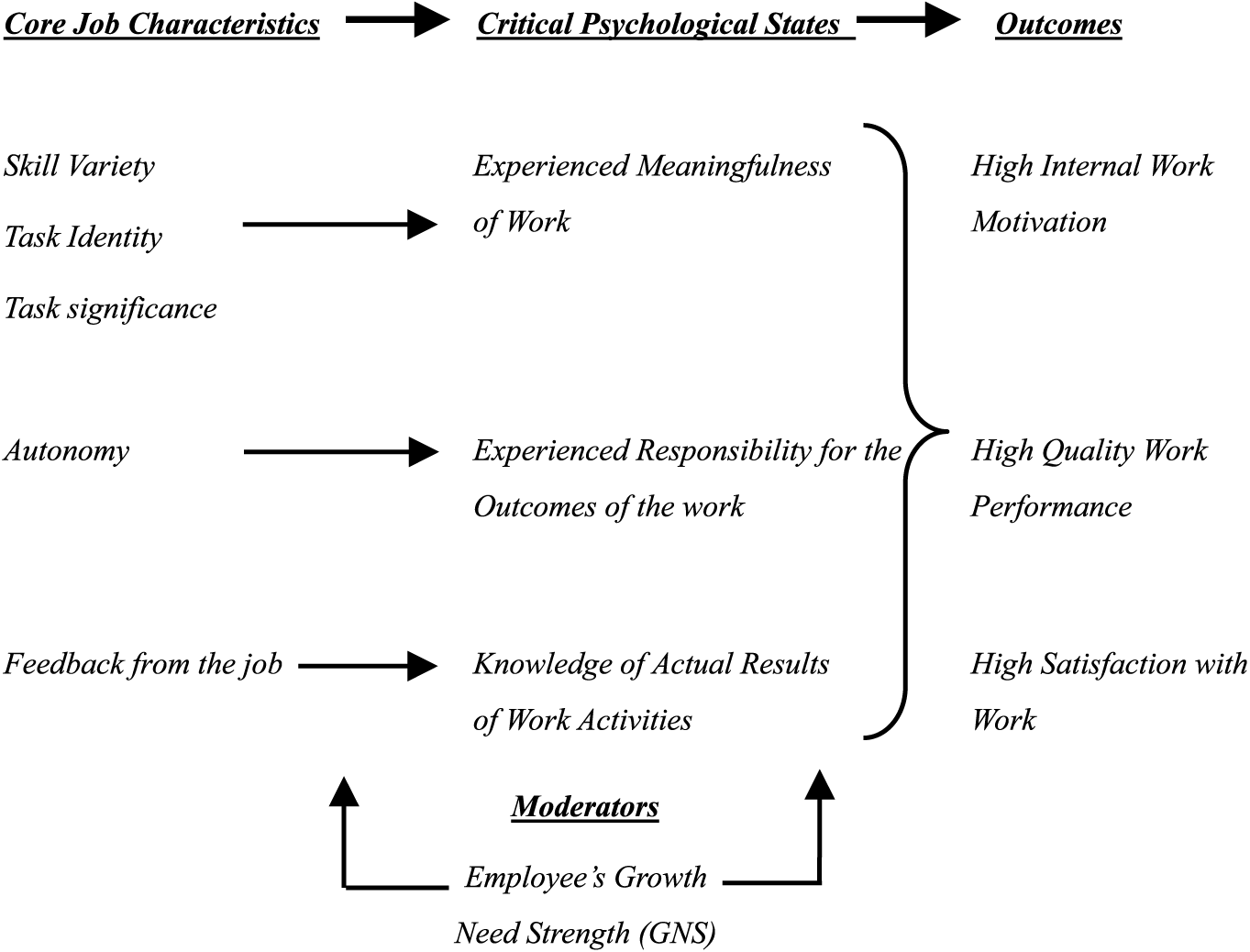Introduction: Taking a Head Start. Google and Its Initiative
Maintaining a number one spot in the list of the top hundred best companies to be employed at for several years running is not an easy task, and Google definitely deserves appreciation for its ability to remain the best (100 best companies to work for, 2011). On the one hand, the answer to how Google is able to keep its top position is rather simple. In the age of information technologies, the company shaping the world of media rules the entire world. Digging deeper, however, one will quickly find out that Google adopts a very special policy towards its staff and corporate values. Despite the stiff competition and the complexities related to keeping up with the developing technologies, the Google, Inc. has survived and been thriving due to its original vision, as well as unique set of values and goals.
Google’s Corporate Values and Goals Concerning Employees, Customers, and the Business: Job Satisfaction and Motivation
When it comes to think of the elements of Google, Inc. policy concerning its employees and the organizational behavior altogether, one must give the company much credit for focusing on employee satisfaction as the key to their success. The Google CEOs put much at stake when choosing the given idea as its basic principle of running the company.
Speaking of motivation, it is worth mentioning that there are a number of schools that offer their own definition of employee motivation depending on his/her needs and priorities. By far the most famous, Maslow’s hierarchy of needs can be viewed as the key one. However, Herzberg’s and McClelland’s theories should also be taken into account (Mullins). These are closely related to the concept of job satisfaction. Defined as a person’s attitude towards his/her job (Grenway, 2008, 28), job satisfaction “focuses on various behavioral realities concerning employees and it is closely related to the employee motivation” (Grenway, 2008, 28).

Regarding the approach adopted at the Google, Inc., the principles for job satisfaction provision based on the individual needs of the employees. While the company states clearly that customers remain its priority, and the delivery of high-quality services is the key goal: “Google’s mission is to organize the world’s information and make it universally accessible and useful” (Google, n. d.), the company still makes it evident that it also strives for its employees’ satisfaction.
One of the most striking features about the Google Company’s policy towards its employees is that the company incorporates the efficient use of company values as a guide for their employees and the key principles of democracy. In general, Google’s principle of running business and communicating with its employees can be described in the following way: “Don’t be evil” (Google, n. d.)
Google’s Approach as a Model for an Average Business: Evaluation
The strategy used by Google to motivate it employees seems rather efficient. The question is, however, whether the strategy developed by the founders of Google can be adopted by other companies or whether it is a one-of-a-kind situation, which is far too unique to be considered as a template for the rest of companies to follow. It seems that the idea of investing into employees and taking the feedback from customers into consideration can be viewed as a rule to be adopted by any company. However, when it comes to preferring skills over experience, the specifics of the company’s production processes must be considered before adopting the given system.
Defining the Problem: Google’s Key Goals and Values
Even though Google seems to have been doing pretty well by all standards, it cannot be denied that it has been facing a number of issues related to job satisfaction and employee motivation. To start with, shaping the employees’ attitude towards their job is very complicated. Turning the staff into loyal employees takes time, which Google has very little of nowadays, in the realm of tight competition. However, by reinforcing corporate values, Google manages to stay afloat.
Working at Google: Issues, Challenges and Solutions
At present, there are several issues that a typical member of the Google personnel has to face on a daily basis. The most significant one is the need to brush through a torrent of information. By using information sharing as the key knowledge management principle, Google employees handle the complexities.
Case Analysis: Employee Satisfaction Model, and the Job Characteristics Model
There is no need to stress the individuality of each employee; even though financial profit is in most cases the key goal of an employee, motivations may vary considerably, depending on the course for shaping the organizational behavior that a company might take. As a result, complete employee satisfaction ensues. However, as Chen, Yang, Shiau and Wang assert, the graph below displays the essence of what job satisfaction is composed of:

Comparing the principles that the Google, Inc. uses to coordinate its employees’ actions to the model provided by Chen, Yang, Shiau and Wang, one will inevitably see what Google’s key strength is. The managers of Google take their time to train their employees, give them enough time to evolve and relate to the employees. In other words, Google invests in its every member of personnel, turning a job contract into long-term relationships.

When applying the given model to the principles that the Google, Inc. uses as the basis for establishing the relationships with the employees and the customers, it becomes obvious that Google’s success comes from three key fields. To start with, the company invests into its staff, making sure that initiative people who are able to learn fast are hired. Then, it is clear that the company strives for providing the customers with the services of the finest quality, and the given approach clearly pays off. Finally, Google has a clear concept of moral values and pursues it at all times. Thus, the company acquires loyal customers and even more loyal staff. As the Job characteristics model shows, ideally, a job should use the feedback from the staff and the customers so that both should be satisfied, the former striving towards delivering the best performance possible, and the latter staying loyal, which Google does. The motivating potential score should also be brought up in relation to the job characteristics model. Presupposing the numerical evaluation of the probable results that the application of a job characteristics model can possibly return, MPS is calculated in the following way:
MPS = Skill Variety + Task Identity + Task Significance / 3
Applied to the Google, Inc. principles of operation, the MPS must be relatively high, given the fact that one of the multipliers, i.e., the feedback, is especially valued in the company, according to the existing sources (McGee, 2007). In addition, one of the summands in the formula, Task significance, is emphasized greatly in the company, as Google’s statement of vision and mission reassures.
A Possible Solution and the Reasons for Choosing the Model of Action
As the OMP asserts, organizational goals can be used as very powerful means to boost a company’s performance (Organizational goals can be powerful energizers, 2000). Taking a closer look at Google mission and vision statement, one can deduce that the company uses the following objectives as its energizing goals:
- Striving for providing the staff with the maximum comfort in their work;
- Preferring skills to experience and looking forward to developing these skills;
- Creating comfortable and friendly environment within the company;
- Delivering the best services possible;
- Creating strong bonds with the clients;
- Using renewable energy to encourage the awareness of resources exhaustion and environmental issues (McGee, 2007).
The given goals work as energizers, since they are directed towards both the delivery of efficient services and the satisfaction of the employees. Therefore, it can be assumed that Google is a one-of-a-kind company that has managed to get its priorities straight.
Conclusion: A Look into the Future. Long-Awaited Changes and New Challenges
The Google, Inc. definitely deserves being nominated for the top position in the charts of the companies that treat their employees in the most favorable way and at the same time manage to motivate them to provide top performance. Because of the original vision that the company adopts towards its customers and employees, as well as unique goals, the Google, Inc. manages to afford comfortable environment for its employees to work in, at the same time making sure that the delivered services correspond to the company’s highest standards.
Reference List
100 best companies to work for (2011). Web.
Chen, S.-H., Yang, C.-C., Shiau, J.-Y., & Wang, H.-H. (2006). The development of an employee satisfaction model for higher education. The TQM Magazine, 18(5), 484–499.
Garg, P. (2011). New model of job design: Motivating employees’ performance. Emerald, 25(6), 572–587.
Google (n. d.). About Google. Web.
Google (n. d.). Investor relations. Web.
Maslow’s hierarchy of needs (n. d.). Web.
McGee, T. (2007). Google sets ambitious goals for renewable energy. Web.
Mullins, L. J. (2007). Management and organizational behavior. Harlow, UK: Pearson Education.
Organizational goals can be powerful energizers(2000). Web.